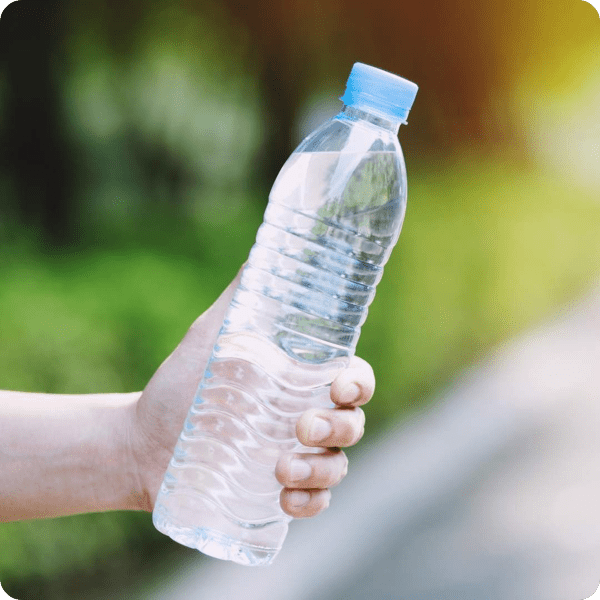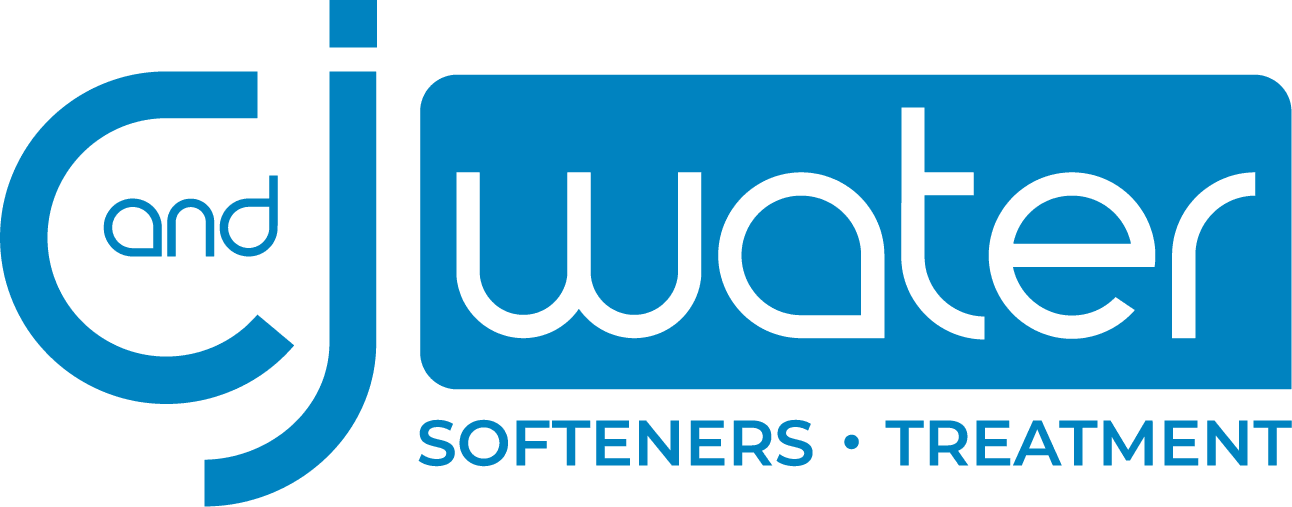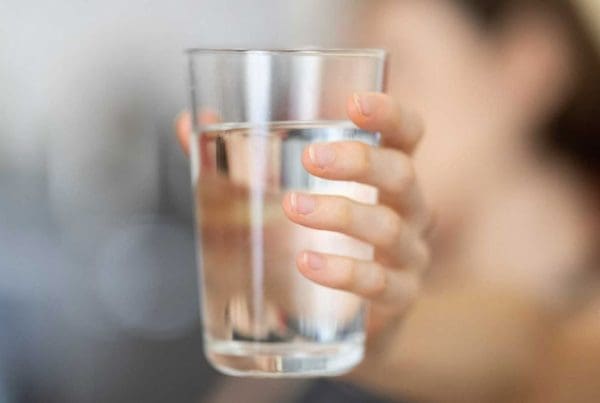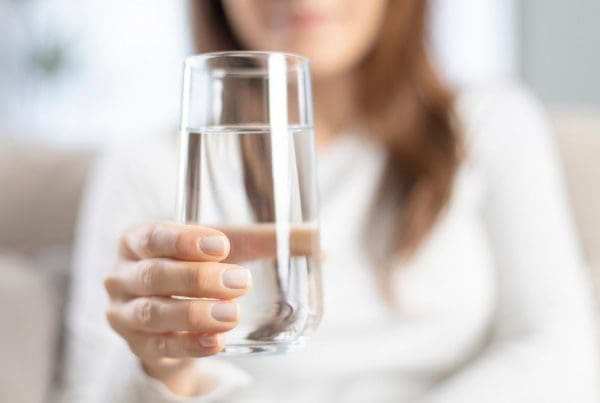A recent report from Beverage Marketing Corporation states that consumption of bottled water “hit a new high in 2024.” The report stated we drink 47.3 gallons per person and that increased a full gallon from last year. In 2024, U.S. businesses and consumers purchased 16.4 billion gallons of bottled water.
Many people perceive bottled water as being higher quality or healthier. Branding, packaging, and convenience certainly have a lot to do with it. Images of clear mountain streams and glaciers give the impression that their water is the healthiest and purest on the planet. But that perception isn’t always supported by facts. At worst, some bottled waters are just filtered municipal tap water. A study by the Natural Resources Defense Council (NRDC) found nearly 25% of bottled water was tap water—sometimes filtered, sometimes not.
We want to help ensure your water is the safest, highest quality possible. Here are some things to consider.

Chemicals, microplastics, and water bottles
Every plastic container has the potential to release chemicals and small amounts of plastic. This is especially true for water stored in plastic. Thin plastic bottles that are not treated properly can leach chemicals (including PFOA and PFAS—forever chemicals) into the water. Water bottles are often exposed to heat, sunlight, and prolonged storage. In addition to chemicals, microplastics are also a concern. You may not be able to see microplastics, but their presence can be detected in your body over time. A buildup of microplastics can lead to health concerns like malabsorption. This would be a difficulty absorbing nutrients due to the barriers that microplastics can create in the bloodstream.
Plastic water bottles contribute to global pollution
Plastic is one of the primary materials overburdening our planet. And, the plastic water bottle industry and our consumption of their products are huge contributors. Sources report that only a small percentage of recyclable bottles ever make it into the recycling stream. Most end up in landfills, oceans, or as litter. In 2023, the U.S. plastic polyethylene terephthalate (PET) bottle recycling rate was just 33%. Source – according to the National Association for PET Container Resources (NAPCOR). The number is dramatically less globally, fueling landfill pressure and environmental pollution. If you are a conscious consumer and care about the effects that your consumption has on the planet, there are things you can do. You can start by switching to alternative drinking water source,s such as public water bottle filling stations or a reverse osmosis system in your home. Consider investing in a glass or stainless steel water bottle that is refillable and BPA plastic-free.
How to have the healthiest water possible
With 47.3 gallons consumed per person each year, the average American spends around $150–$160 on bottled water, often for convenience or perceived purity. Why waste your money on bottled water with questionable purity? A reverse osmosis (RO) system can give you the best possible water straight from a tap and into your refillable water bottle. It relies on specially designed membranes to filter out chemicals and dissolved solids. The RO system can provide better, great-tasting water right at home. All you have to do is occasionally replace the filters to ensure your water is of the highest quality. C and J Water can even hook the RO up to your refrigerator and ice maker.

Are You Ready to Begin Enjoying Pure Drinking Water?
Want to know what’s in your water? C and J Water would be happy to give you a FREE water analysis. We have great pricing and excellent response times. Contact our office to gain a better understanding of water treatment options. We look forward to hearing from you!




